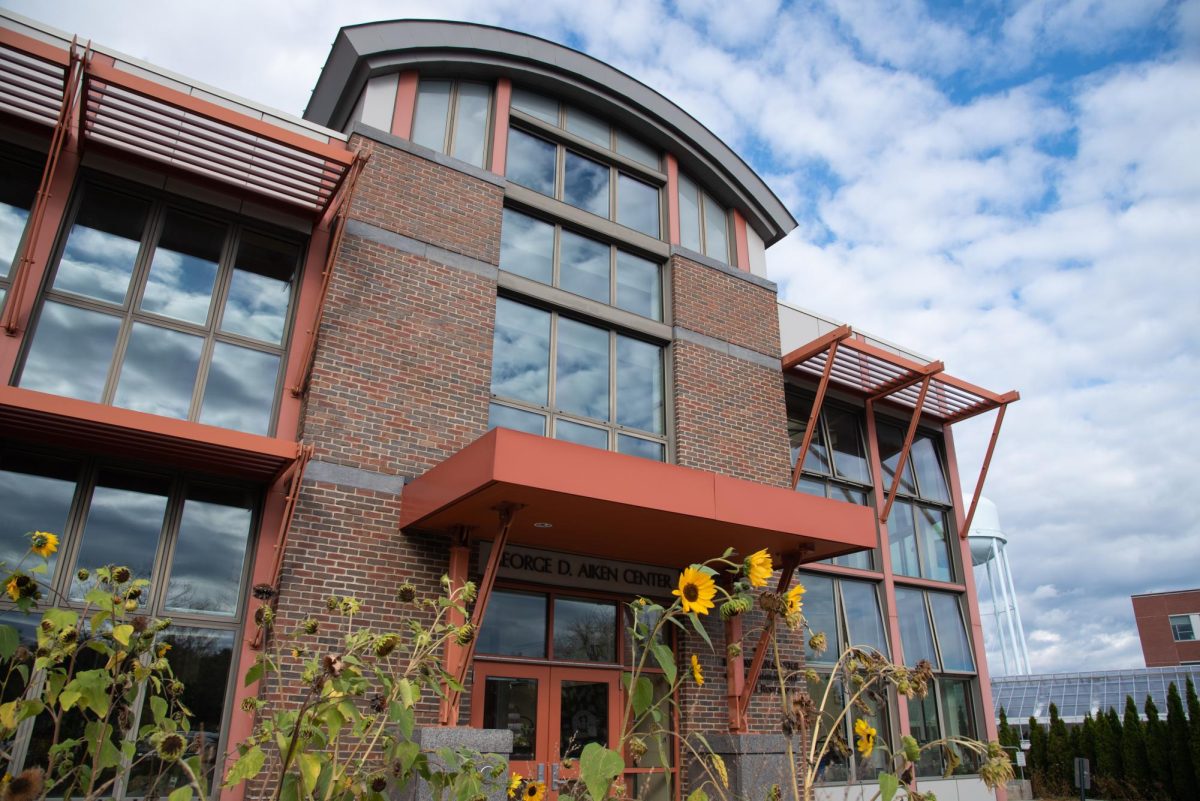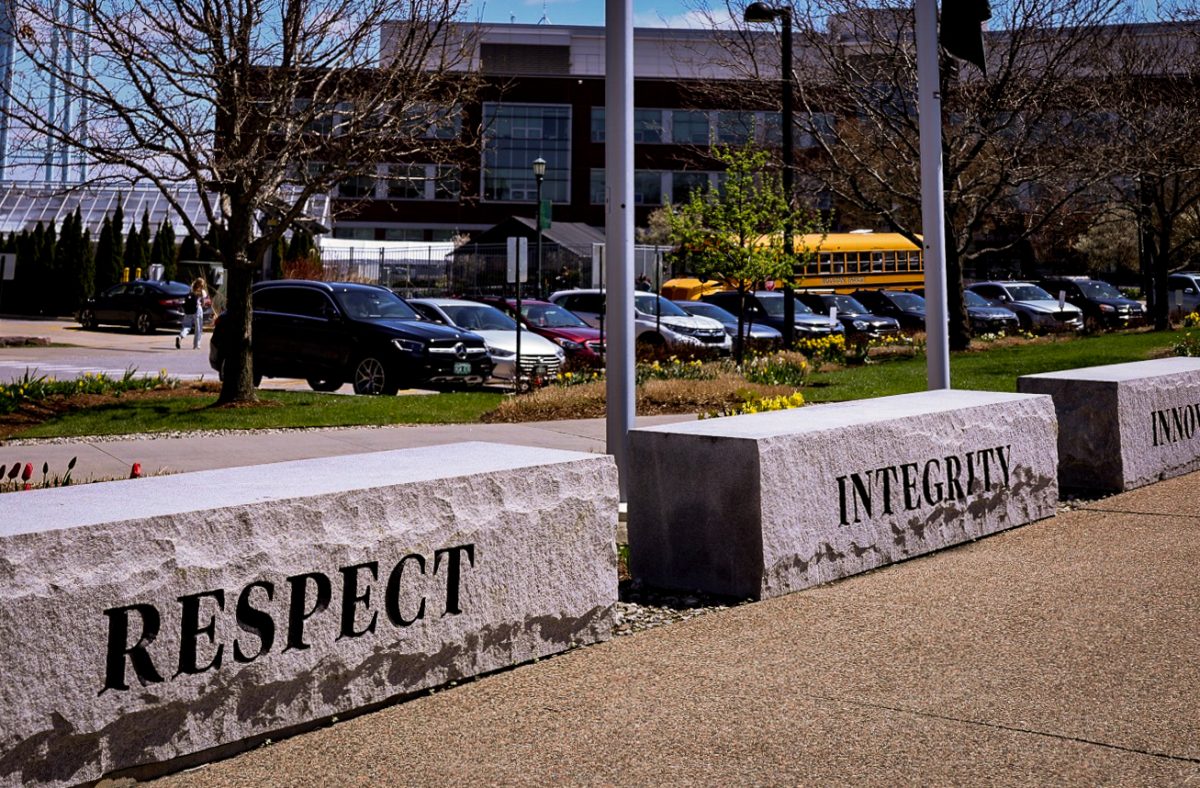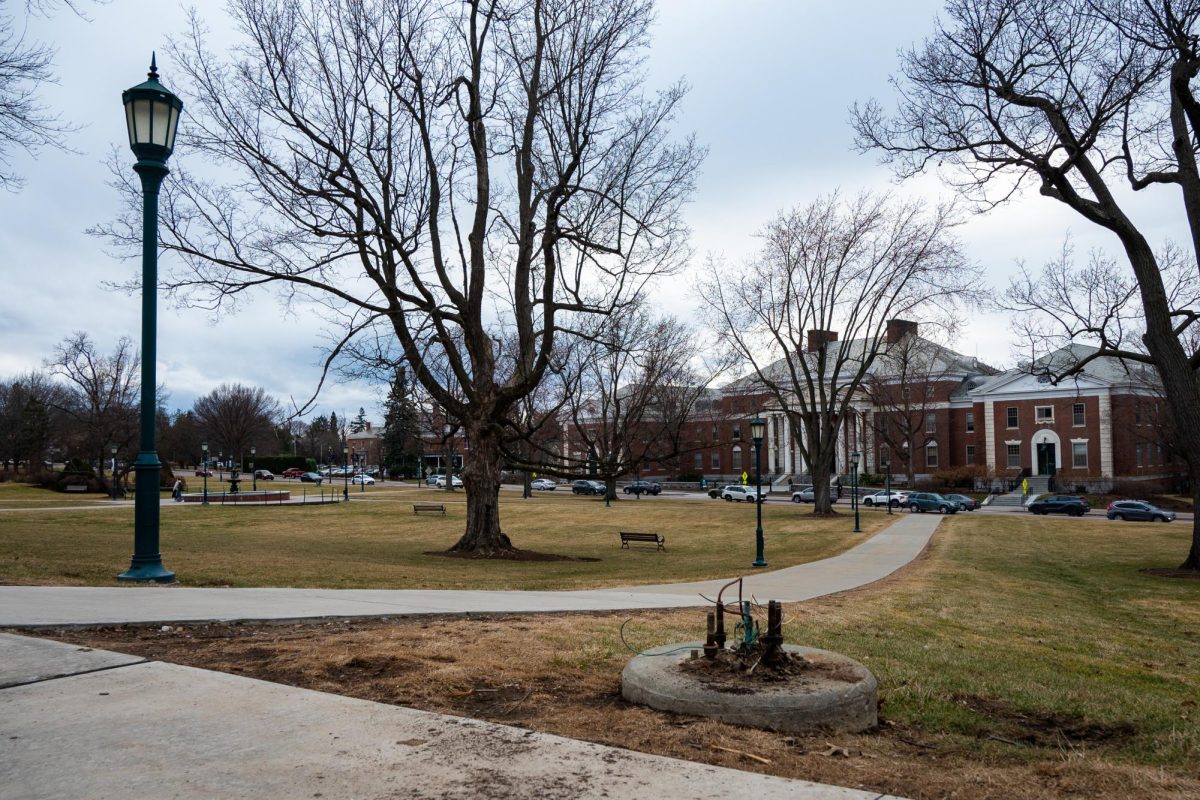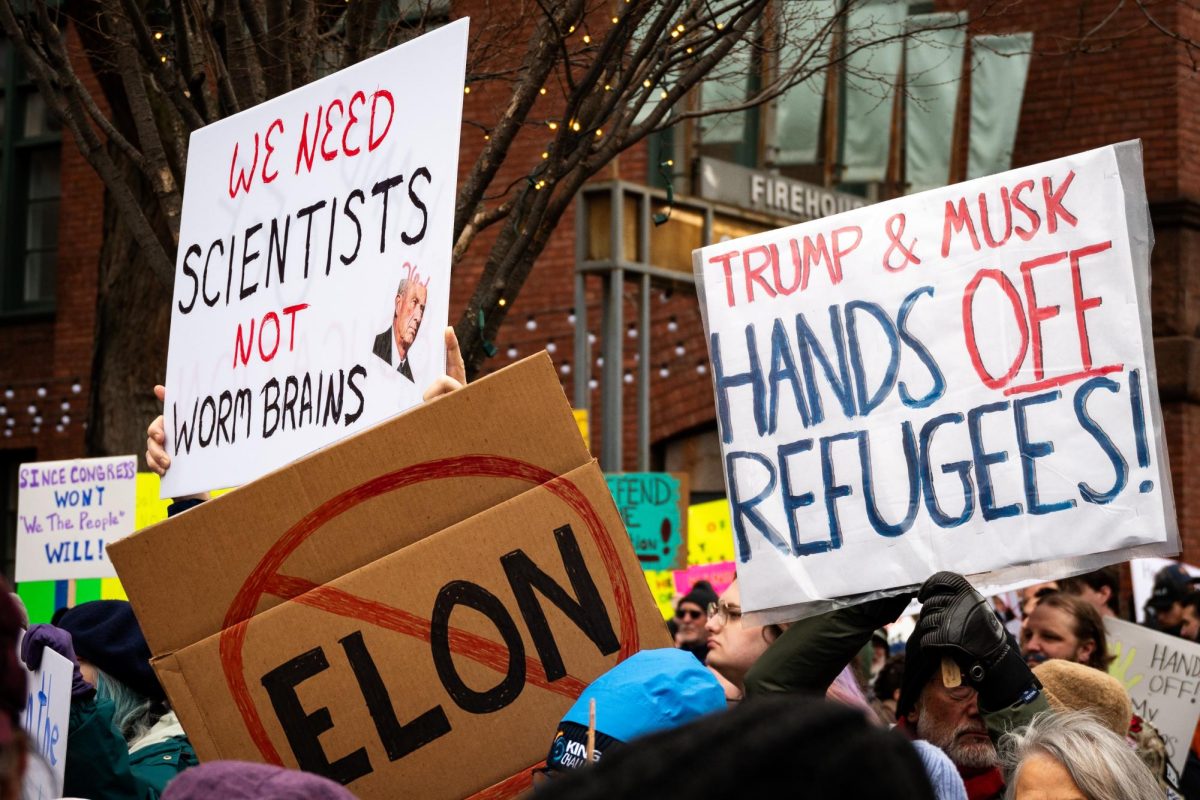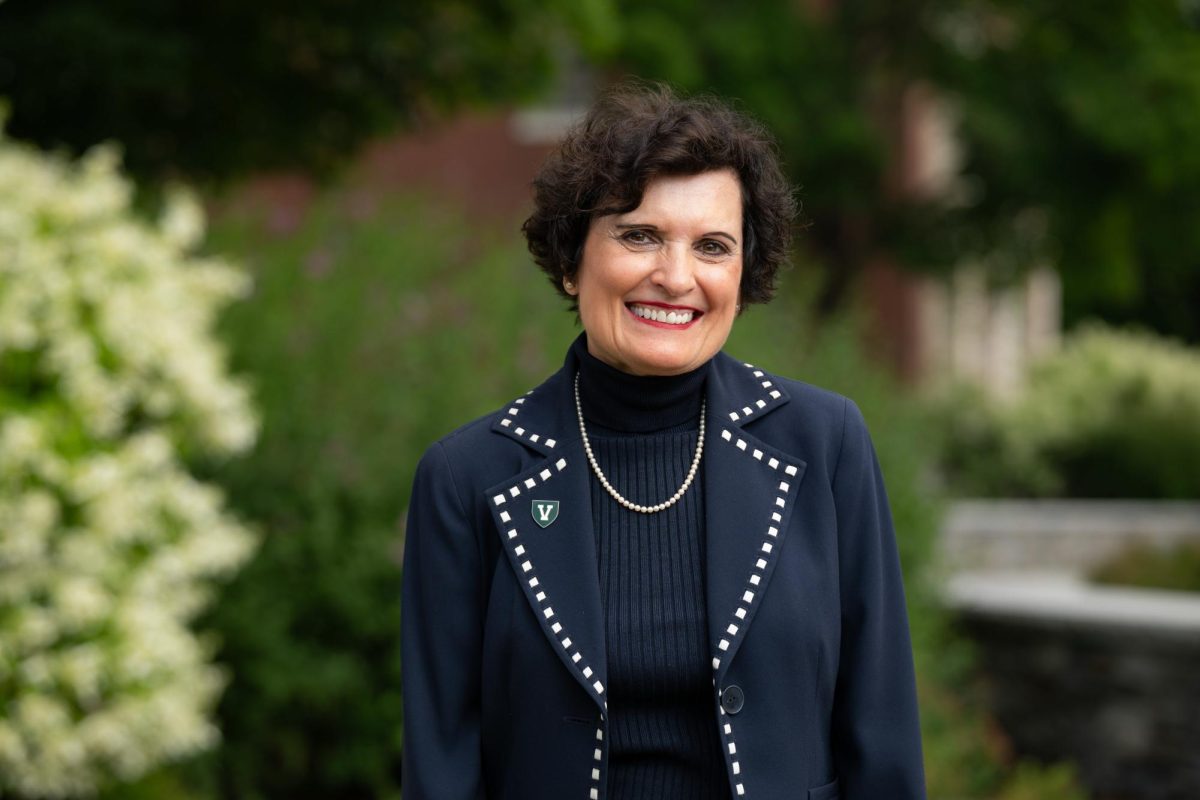The George D. Aiken Center has officially gained its net-zero energy certification after 20 years of green innovation, stated Adam White, executive director of University communications, in an Oct. 3 press release.
The LEED Zero Energy certification—UVM’s chosen certification process—recognizes a net-zero energy use over a period of 12 months, according to the U.S. Green Building Council, which administers the program.
Due to the sustainability efforts of countless students, staff and faculty members, the Aiken Center has achieved this goal and now produces as much or more energy than it uses on an annual basis, White stated.
“We wanted to become net-zero energy because we think that in the Rubenstein School of Environment, we should be walking the talk in a way,” said Rubenstein Research Associate Gary Hawley.
“We also wanted to involve students and have them learn along with us because we’re faculty and staff and we’re not experts either,” Hawley said.
Hawley has taught The Greening of Rubenstein Interns class for the past 20 years, guiding students through aspects of energy efficiency upgrades and pushing for net-zero energy, according to his RSENR profile.
Reaching net-zero energy has been a four-step plan for the Aiken Center, said Hawley. The first two steps include monitoring how much energy is being used and conducting audits to improve energy efficiency. The first step has been completed in all of Rubenstein’s buildings, he said.
The third step is to utilize renewable energy sources to mitigate energy still being used once the building becomes as efficient as possible, Hawley said. The Aiken Center has reached this stage and achieved LEED Platinum as a result, he said.
Rubenstein and UVM have obtained about 550,000 kilowatt hours of electricity from three solar arrays near the George D. Aiken Forestry Sciences Laboratory, in an effort to mitigate energy used by the Aiken Center, Hawley said.
Rubenstein is also looking into various renewable options to offset the natural gas used to heat the building, said Hawley. In addition to offsetting chiller electricity use with solar power, buying renewable natural gas from digested manure from farms is a possibility, he said.
Most recently, a student group this semester is working on new efforts to divert water from Aiken’s green roof into a gray water system to flush toilets, said Hawley. If initiated, this plan would reduce the amount of potable water needed for the building.
Gray water can contain harmful bacteria and chemicals, so it isn’t suitable for drinking or contact with food but can be reused for other uses, according to the Water Education Foundation.
Hawley said the fourth step is to celebrate the net-zero achievement.
“This milestone is a step toward our 2030 carbon neutrality goal that we announced with the release of the Comprehensive Sustainability Plan and demonstrates an institutional commitment to continued progress,” stated UVM Director of Sustainability Elizabeth Palchack in an Oct. 13 email.
Students are at the forefront of achieving net-zero energy for the Aiken Center and are engaged in contributing to campus decarbonation work, stated Palchack.
“It’s fun to work with [students] because I’m pretty passionate about it,” said Hawley. “Those are the people that are going to go out in the world and be leaders, or at least own their own house where they can try to minimize their environmental impacts.”


